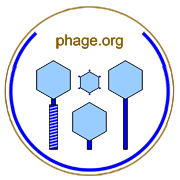
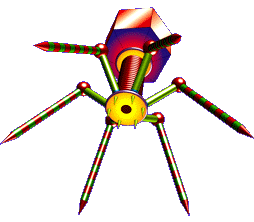
Abstract: The results are reviewed of theoretical and experimental investigations of the population biology of bacteria and bacteriophage. emphasizing those aspects of general interest in the study of host-parasite ecology and evolution. ¶ 1) Existence Conditions: the conditions are considered under which phage can invade bacterial populations and will stably co-exist with these hosts. Particular emphasis is given to the effects of phage resistant bacterial clones on these communities, and hypotheses are presented to account for the observation that experimental populations of bacteria and virulent phage are more stable than anticipated from theory. ¶ 2) Co-evolution: The nature and effects of selection on the interacting populations of bacteria and phage are examined. Evidence is presented that the resulting co-evolution is a constrained process. rather than the indefinite gene-for-gene arms race previously postulated. ¶ 3) Latency: Temperate bacteriophage are analogous to the latent viruses of eukaryotes. We critically discuss three classes of hypotheses for the ecological conditions and selective pressures responsible for the evolution and maintenance of temperate (as opposed to virulent) modes of phage reproduction. ¶ 4) Immunity: Bacterial restriction-modification systems arc similar to the immune systems of higher organisms. The hypothesis is considered that restriction-modification systems evoked and are maintained for defence against phage infection and we speculate on the effects of this type of immune system on the population dynamics of bacteria and phage. ¶ 5) Coda: This review is concluded with a brief consideration of the use of phage for the biological control of bacteria.
From p. 240: "While emphasis has been placed on bacteria and phage as a 'model' system, it is also a 'real' system, with potential clinical and agricultural significance. In fact, for the first two decades after the discovery of bacteriophage, the primary motivation for studying these viruses was their potential as agents for the 'biological control' of bacterial pathogens (see e.g. D'Herelle, 1922). During the 1930s, at least three pharmaceutical companies marketed phage in the United States (Peitzman, 1969). However, as the efficacy of antibiotics became apparent, research on phage therapy essentially stopped, and until very recently was regarded as a failure (Stent, 1963; Wilson & Miles, 1964; Peitzman, 1969). ¶ Renewed interest in phage therapy in recent years probably derives from concerns about the increased problems of resistance by many bacteria to antibiotics (Anderson, 1968; Mitsuhashi, 1971; Falkow, 1975), and the realization that phage are self-replicating and naturally (rather than commercially) co-evolving antibacterial agents. Possible applications of phage for both clinical and agricultural purposes have received recent coverage in the popular scientific press (Miller, 1983; Dixon, 1984). To be sure, the studies reviewed here indicate that there are greater constraints on the 'co-evolutionary potential' of phage than there are on bacteria, and this may be one factor that contributed to the 'failure' of phage therapy in its first go-round. But co-evolutionary potential is not the whole story; in fact, quite recently Williams-Smith and Huggins (1982) used phage successfully to treat experimental bacterial infections in mice. This was accomplished through the clever choice of phage for which the target bacterium lost its pathogenicity as a direct consequence of the evolution of resistance. It remains to be seen whether phage can be isolated for other bacterial targets such that the bacteria lose their undesirable properties by becoming resistant to the phage (Lenski, 1984c). If this strategy can be generalized (or other strategies developed), then perhaps phage may become something like the 'magic bullet' envisioned by Sinclair Lewis' (1925) fictitious Dr Arrowsmith."
Return to Home or see Phage Terms/Glossary. Contact web master.
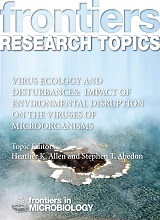
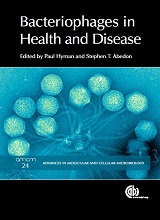
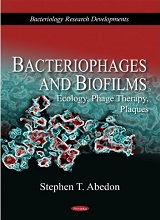
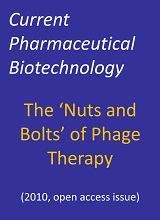
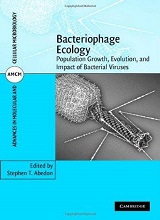
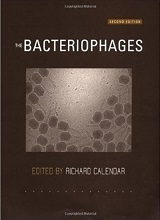
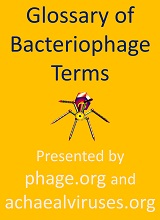
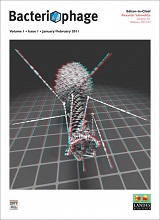
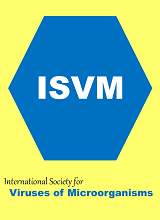


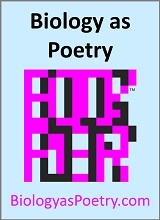
[full text not included]